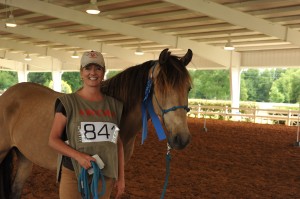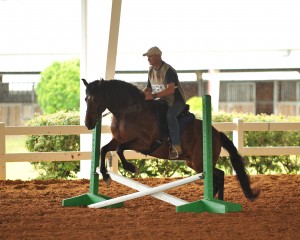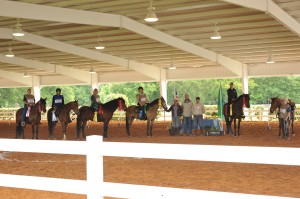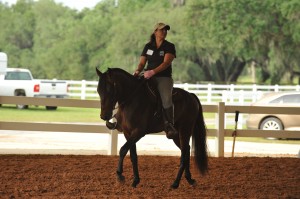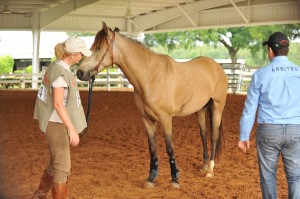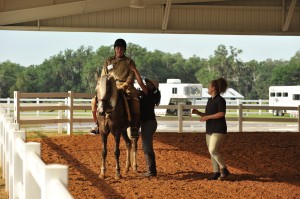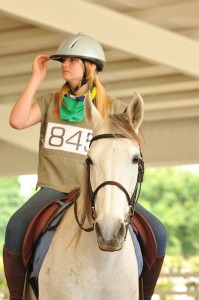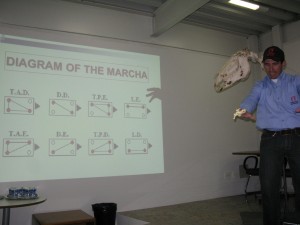SW Future Foal rarely breeds without a person requesting a foal. However, in 2012, we received frozen Marchador semen from superior stallions from Agro Maripa, Brasil. This was the first importation of Marchador frozen semen – a project we had worked on for many years. Agro Maripa has bred Marchador horses for over 30 years and they focus on producing sport horses of excellent quality, beauty, comfort and intelligence. They have a great formula! Mr. Marcelo Baptista is student of genetics and puts this passion into practice also in cattle and goats as well as his prized and much loved Mangalarga Marchadors.
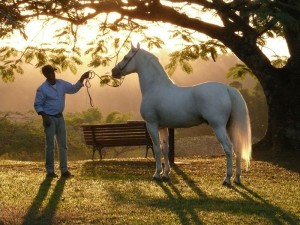
So, this year, we needed to prove the semen from Brasil and so we bred our mares using Maripa frozen semen even though we had no reservation. We were thinking to keep these historic, unique and fabulous foals to be born for ourselves, but in the end, decided to offer them also as SW Future Foals! Please contact us as soon as possible if you are interested in one of the SW Future Foals.
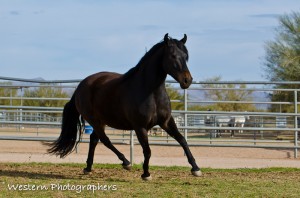
To be born November, 2012 Genghis-Khan do Summerind (code name, you would get to name the foal if you decide to reserve it). The product of Brasilia do Summerwind, imported in-utero and Oma de Maripa, still in Brasil. This is our diamond foal: strong, brilliant and clearly a Mangalarga Marchador! Power! Smooth and cadenced marcha batida gait, a horse that can perform well at any discipline.
Reserve Genghis for $15,000 or reserve the foal in condominium with SW Future Foal for $10,000. We are interested in future foals or breeding rights in exchange for the reduction in price.
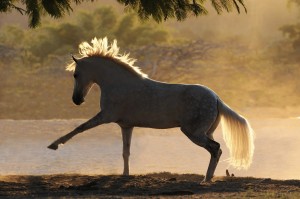
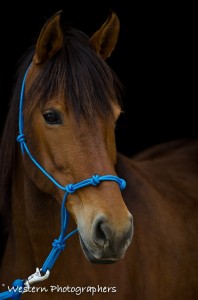 To be born 2/2013 in AZ: Hermes do Summerwind (code name, you would get to name the foal if you decide to reserve it.) The product of Azenha de Maripa, imported MM mare and Ximoio de Maripa, still in Brasil. This will be our sport horse foal in the true tradition of Agro Maripa! Ground covering marcha batida! Add the bonus of the most beautiful features in the head and neck. Almost pure Abaiba bloodlines, this foal will be the one that people will stop to watch. Before it is born, I am predicting it may be the most beautiful Marchador in America.
To be born 2/2013 in AZ: Hermes do Summerwind (code name, you would get to name the foal if you decide to reserve it.) The product of Azenha de Maripa, imported MM mare and Ximoio de Maripa, still in Brasil. This will be our sport horse foal in the true tradition of Agro Maripa! Ground covering marcha batida! Add the bonus of the most beautiful features in the head and neck. Almost pure Abaiba bloodlines, this foal will be the one that people will stop to watch. Before it is born, I am predicting it may be the most beautiful Marchador in America.
Reserve Hermes for $15,000 or reserve the foal in condominium with SW Future Foal for $10,000. We are interested in future foals or breeding rights in exchange for the reduction in price.
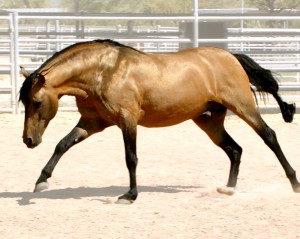

To be born 3/2013 in NC: Hallelujah do Summerwind (code name, you would get to name the foal if you decide to reserve it.) The product of Elba Cruzalta (Bella), imported MM mare and La Paz Jivago, imported MM stallion. This foal will be a full brother to Tigre do Summerwind, a striped dun, who is still everyone’s sweetheart. This foal will be pure pleasure, laid back, so smooth, but still athletic, a marcha picada or marcha de centro gait.
Reserve Hallelujah and sing Hallelujah for only $6,500.
Perhaps a fourth as Bacara do Summerwind will be bred this June. Pricing dependent on stallion used. We’ll let you know shortly!
Please visit the mare and stallion pages for more information about the parents and for more photos and videos.. We would be delighted to talk to you in depth about the Future Foal program, what we offer and if this approach would be right for you!
SW Future Foal offers a 10% appreciation discount on any product to our current SW Future Foal customers and to any Marchador breeder.

